Sigma A 50 mm f/1.4 DG DN
5. Chromatic and spherical aberration
Chromatic aberration
Compared to its reflex camera predecessor, the new Sigma is more optically complex and, at the same time, it features less elements made of low dispersion glass which are supposed to correct chromatic aberration. Unfortunately that fact influenced a bit the performance in the category of longitudinal chromatic aberration.Photos below show that at the maximum relative aperture you can notice slight colouring out-of-focus images but, luckily, it disappears almost completely on stopping down the aperture to f/2.0. This effect is not especially pronounced but the situation is not perfect either. You can even speak of slight regress compared to the previous model.
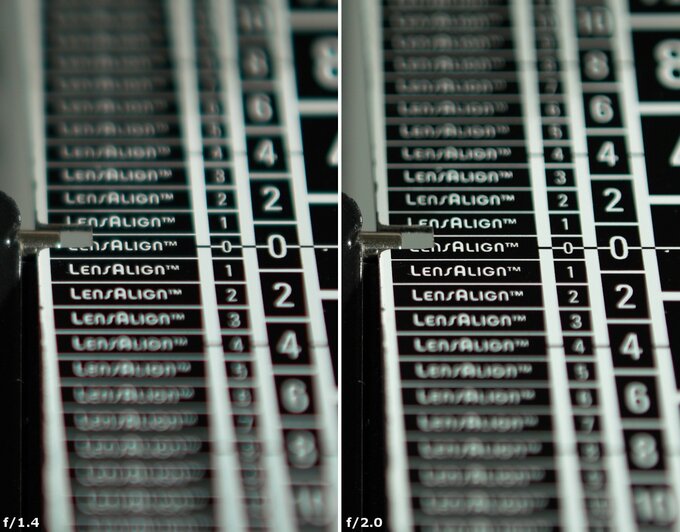 |
Now let's check the performance of the Sigma A 50 mm f/1.4 DG DN when it comes to lateral chromatic aberration.
Please Support UsIf you enjoy our reviews and articles, and you want us to continue our work please, support our website by donating through PayPal. The funds are going to be used for paying our editorial team, renting servers, and equipping our testing studio; only that way we will be able to continue providing you interesting content for free. |
- - - - - - - - - - - - - - - - - - - - - - - - - - - - - - - - - - - - - - - - - - - - - - - -
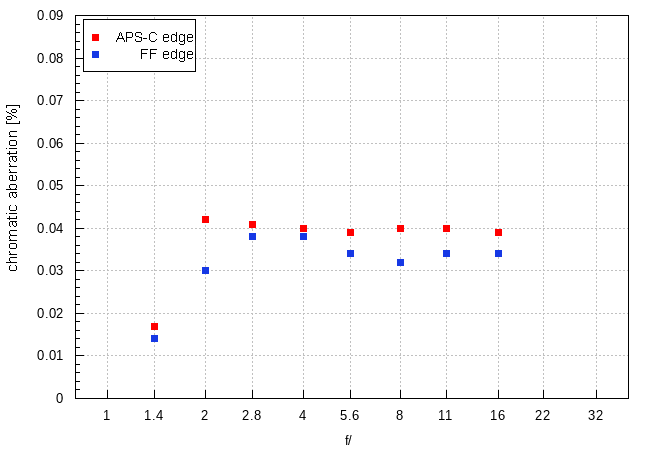
The graph we got here is quite interesting – at the maximum relative aperture chromatic aberration is negligible, never exceeding 0.02% for both types of detectors. Then it jumps and in the range from f/2.0 to f/16 it remains roughly the same, around 0.03-0.04%. You have to remember, though, that even these higher values are still on the borderline between very low and low level so the performance of the lens is definitely good in this category. Of course we have to add that both its reflex camera predecessor and the Sony FE 50 mm f/1.4 GM dealt with this problem marginally better.
| A7R III, RAW, f/1.4 | A7R III, RAW, f/4.0 |
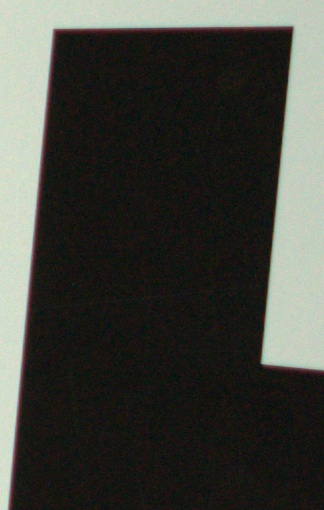
|
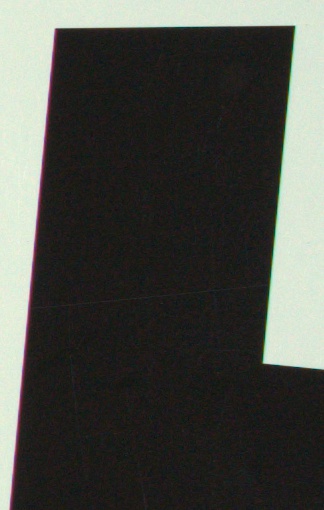
|
Spherical aberration
The tested lens doesn't have any 'focus shift' effect or slight misting of images by f/1.4, both characteristic traits of weak correction of spherical aberration. Still, it doesn't mean this aberration is corrected in a perfect way - it's enough to look at defocused circles of light we got before and after the focus. In case of the first one you can notice soft edges, the second one features a distinct, brighter rim. The reflex camera model of the Sigma didn't show anything like that so corrected spherical aberration better. The Sony FE 50 mm f/1.4 GM for a change showed a similar effect and in its case the brighter rim was also visible.Of course the intensity of these effects is not high and, additionally, by f/1.4 the lens can boast of good sharpness, without characterisitc 'soapy' patches, connected with bad correction of spherical aberration. In conclusion you can say this aberration's level is medium at most.
| A7R III, f/1.4, before | A7R III, f/1.4, after |
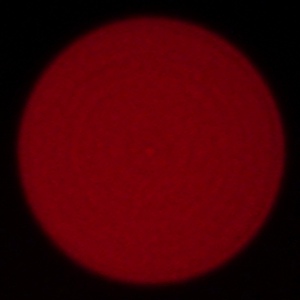
|
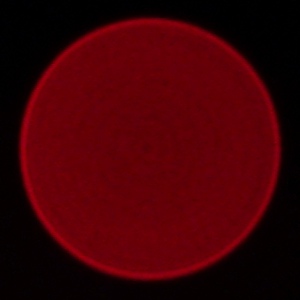
|






